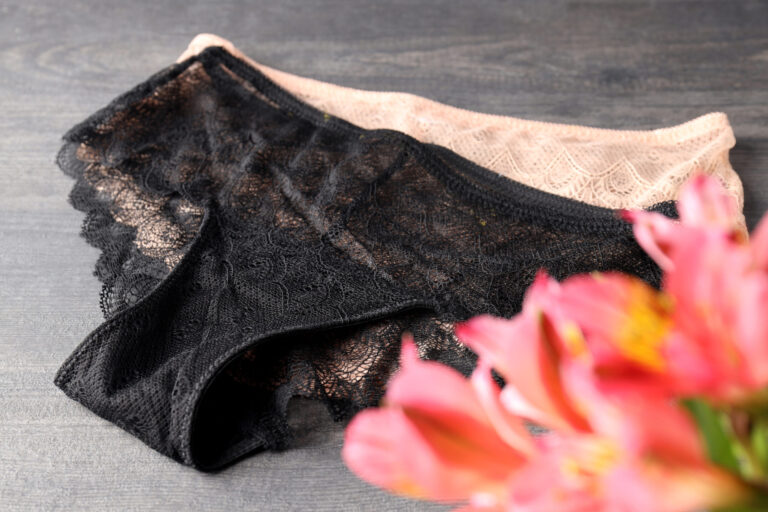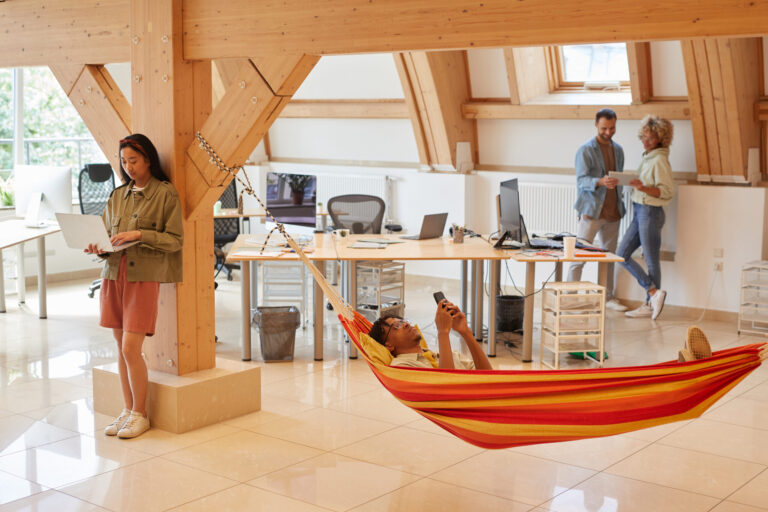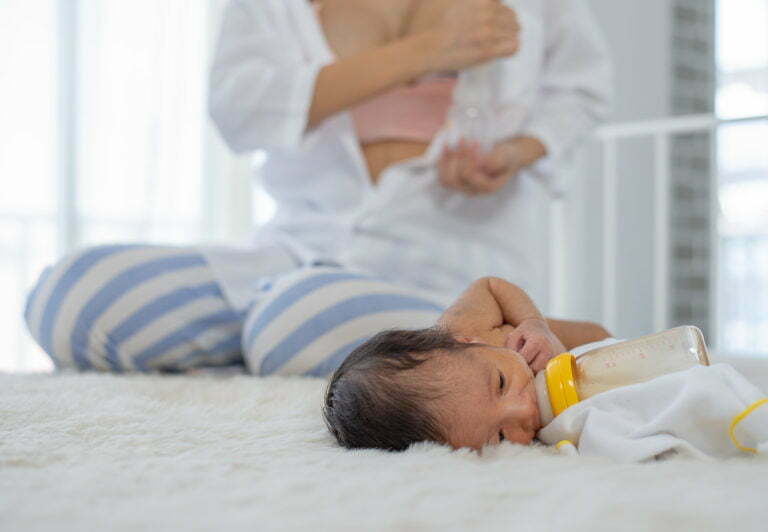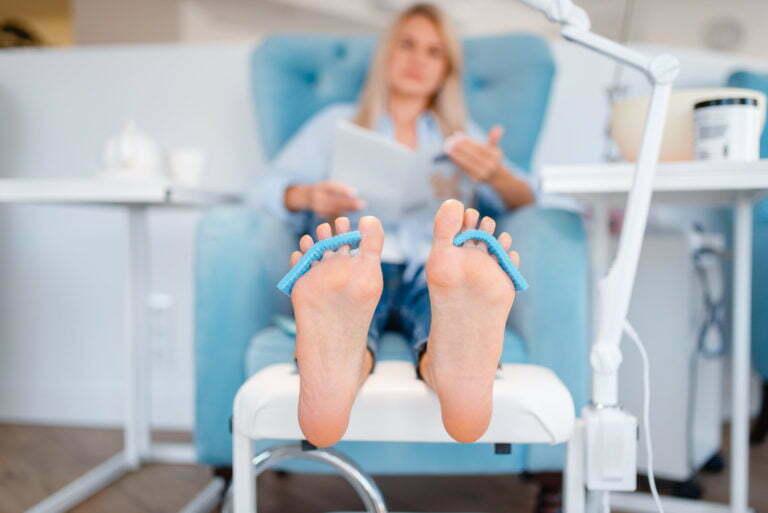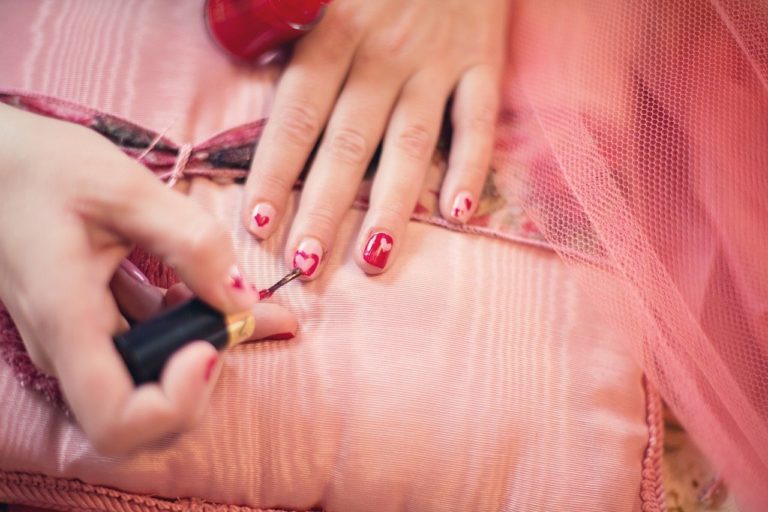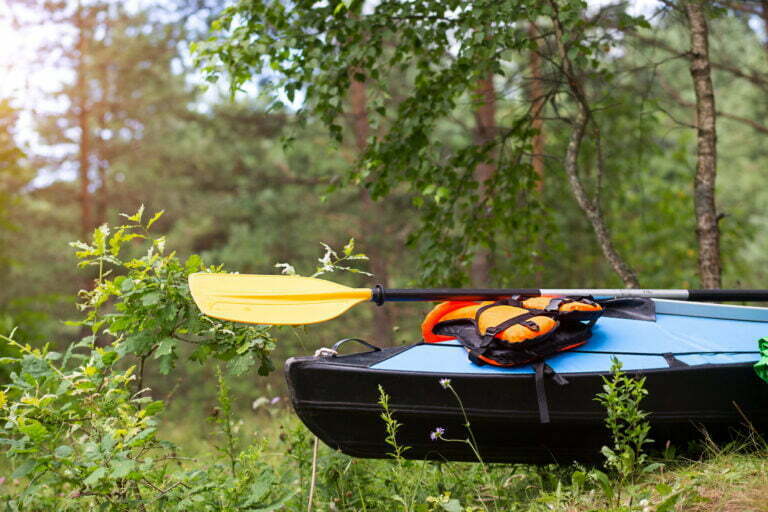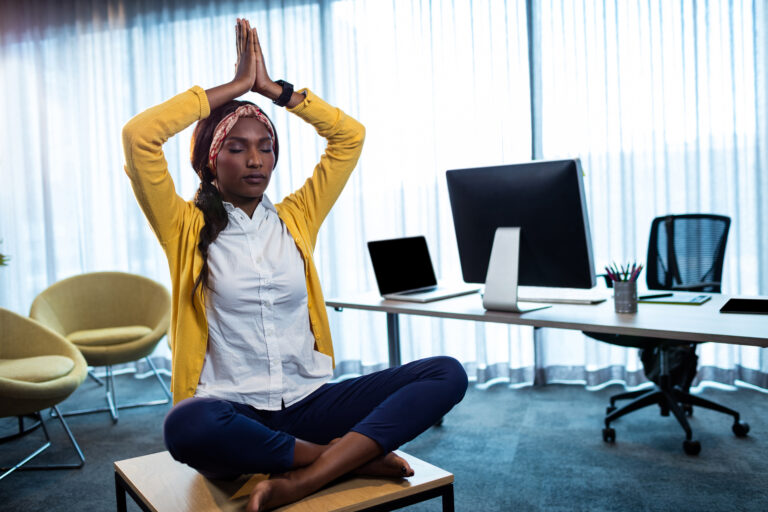How do bidets work?
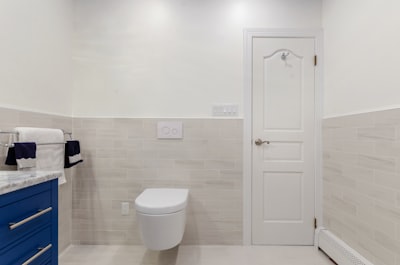
Bidets work by using a jet of water to cleanse the user’s genitalia and anus. The jet of water is directed at the user’s pelvic area and the motion of the water is meant to mimic that of a human hand. The use of a bidet is said to be more thorough and gentle than using toilet paper. Bidets can be used by both men and women, and they are available in both electric and non-electric models.
How has the bidet been adopted by Europe and the U.S.?

The bidet has been around for centuries, with the first documented use dating back to the 1600s. However, it wasn’t until the 1700s that the bidet began to gain popularity in Europe. This was likely due to the spread of French culture throughout the continent at the time.
The bidet didn’t make its way to America until the late 1800s. Even then, it was slow to catch on, and it wasn’t until the early 1900s that bidets began to be regularly used in the United States.
There are many different theories about why bidets never caught on in America until recently. Some people say that it’s because of America’s puritanical values, while others say that it’s because of the lack of space in American bathrooms. Whatever the reason, bidets are becoming increasingly popular in America, and more and more people are discovering the benefits of using a bidet.
What are the benefits of bidets?
There are many benefits of bidets. Here are just a few of them:
1. Bidets are hygienic.
2. Bidets are environmentally friendly.
3. Bidets are economical.
4. Bidets are comfortable.
5. Bidets are space-saving.
Where did the bidet originate?
The bidet is said to have originated in France in the late 17th century. It was initially used as a device to clean the genitalia of both men and women, as well as the anus. Bidets were made of porcelain and were often quite ornate in design. The bidet was initially seen as a luxury item and was reserved for the wealthy and elite. However, over time, it began to be adopted by the middle class as well. This was in part due to the increasing affordability of bidets, as well as the growing popularity of hygiene and personal hygiene.
The bidet has come a long way over the years, and today there are a variety of different types and styles of bidets to choose from. There are even bidet toilets now, which combine the functionality of a bidet with the convenience of a toilet. They were not commonly used in the United States until the early 20th century. In the United States, the bidet was typically used as a device to clean up after using the toilet. It was not until the late 20th century that the bidet began to be used as a means of personal hygiene.
Why was the bidet created?
There are many theories as to why the bidet was created in the first place. Some say it was invented to clean people’s bottoms after using the toilet, while others believe that it was created to help those who were suffering from hemorrhoids.
Regardless of its original purpose, the bidet has become a popular fixture in many homes around the world. In fact, it is estimated that there are more than 150 million bidets installed in households around the world.
There are many different types of bidets, but the most common type is the attachable bidet. This is a small, handheld fixture that attaches to the toilet seat and is used to clean the user’s bottom.
There are also bidet toilets, which are toilets that come with a built-in bidet. These toilets are becoming increasingly popular, as they offer the convenience of a bidet and the functionality of a regular toilet.
Whether you’re looking for a traditional bidet, a bidet toilet, or something else entirely, there’s sure to be a bidet that’s perfect for you. So why not give one a try? You may be surprised at just how much you love it!
Discovering the history of the bidet unveils its intriguing origins, evolution, and widespread adoption across the globe:
Rocksalt Plum – The Link Between Art and Architecture: Delving into the history of the bidet reveals its fascinating journey from a luxury item in 17th-century France to a widely used fixture in modern households worldwide. Exploring parallels between bidet design and architectural aesthetics sheds light on the cultural significance and evolution of this essential bathroom fixture.
Rocksalt Plum – Tips for Building a Mountain Home in North Carolina: Understanding the historical context and cultural significance of the bidet offers valuable insights into its enduring popularity and evolving functionality. Articles like this one provide valuable tips and guidance for incorporating bidets into contemporary home design, enhancing both comfort and convenience for residents.
Rocksalt Plum – Does Acetone Remove Overspray?: Much like removing overspray from a vehicle demands patience and the right tools, unraveling the history of the bidet requires careful research and exploration of historical sources. Drawing parallels between these contexts underscores the importance of understanding bidet origins and evolution in shaping modern bathroom hygiene practices.
Rocksalt Plum – 3 Tips for Converting a Property Into a Church: Exploring the historical development and cultural adoption of the bidet offers valuable insights for understanding its role in promoting personal hygiene and comfort across different societies and time periods. Articles like this one provide valuable guidance for homeowners interested in incorporating bidets into their bathroom design, enhancing both cleanliness and comfort for residents.
Rocksalt Plum – What to Expect During a Laser Hair Removal Treatment in San Antonio: Delving into the historical origins and cultural significance of the bidet sheds light on its enduring appeal and evolving functionality in modern bathrooms. Understanding bidet history and development can provide valuable insights for individuals considering integrating bidets into their personal hygiene routines, offering enhanced cleanliness and comfort in daily life.
By exploring the rich history and cultural significance of the bidet, individuals can gain a deeper appreciation for this essential bathroom fixture and its role in promoting personal hygiene and comfort across different societies and time periods.





